Increasing Cybersecurity Threats
The Breach and Attack Simulation Market is experiencing a surge in demand due to the escalating frequency and sophistication of cyber threats. Organizations are increasingly recognizing the necessity of proactive security measures to safeguard sensitive data and maintain operational integrity. According to recent data, cyberattacks have risen by over 30% in the past year, prompting businesses to invest in advanced security solutions. This trend indicates a growing awareness of the vulnerabilities inherent in digital infrastructures, leading to a heightened focus on breach and attack simulation as a critical component of cybersecurity strategies. As organizations strive to stay ahead of potential threats, the Breach and Attack Simulation Market is poised for substantial growth, driven by the imperative to enhance security postures and mitigate risks.
Adoption of Cloud-Based Solutions
The shift towards cloud-based solutions is reshaping the landscape of the Breach and Attack Simulation Market. As organizations increasingly migrate their operations to the cloud, the need for robust security measures becomes paramount. Cloud environments present unique vulnerabilities that traditional security measures may not adequately address. Consequently, businesses are turning to breach and attack simulation tools designed specifically for cloud infrastructures. This trend is underscored by the fact that over 70% of organizations are expected to adopt cloud services by 2025, creating a substantial market opportunity for simulation providers. The Breach and Attack Simulation Market is likely to benefit from this transition, as organizations seek to ensure the security of their cloud environments through comprehensive simulation exercises.
Regulatory Compliance Requirements
The Breach and Attack Simulation Market is significantly influenced by the increasing regulatory compliance requirements imposed on organizations across various sectors. Governments and regulatory bodies are mandating stringent security measures to protect sensitive information, particularly in industries such as finance, healthcare, and critical infrastructure. Compliance with regulations such as GDPR and HIPAA necessitates regular security assessments, which can be effectively conducted through breach and attack simulation. This market driver highlights the necessity for organizations to adopt proactive security measures to avoid hefty fines and reputational damage. As compliance becomes a non-negotiable aspect of business operations, the demand for breach and attack simulation solutions is expected to rise, further propelling the growth of the Breach and Attack Simulation Market.
Technological Advancements in Security Solutions
The Breach and Attack Simulation Market is being propelled by rapid technological advancements in security solutions. Innovations in artificial intelligence, machine learning, and automation are enhancing the capabilities of breach and attack simulation tools, making them more effective and user-friendly. These advancements allow organizations to conduct more comprehensive simulations, providing deeper insights into potential vulnerabilities. As technology continues to evolve, the demand for sophisticated simulation solutions is expected to rise. Furthermore, the integration of these advanced technologies into existing security frameworks is likely to streamline the assessment process, making it more efficient. The Breach and Attack Simulation Market stands to benefit from these technological developments, as organizations seek to leverage cutting-edge solutions to bolster their cybersecurity defenses.
Growing Awareness of Cybersecurity Best Practices
The Breach and Attack Simulation Market is witnessing a notable increase in awareness regarding cybersecurity best practices among organizations. As high-profile data breaches continue to make headlines, businesses are becoming more cognizant of the importance of implementing effective security measures. This heightened awareness is driving organizations to invest in breach and attack simulation as a means to identify vulnerabilities and enhance their overall security posture. Educational initiatives and industry collaborations are further promoting the adoption of best practices, leading to a more informed approach to cybersecurity. As organizations strive to cultivate a culture of security, the Breach and Attack Simulation Market is likely to experience sustained growth, fueled by the demand for tools that facilitate ongoing security assessments and improvements.
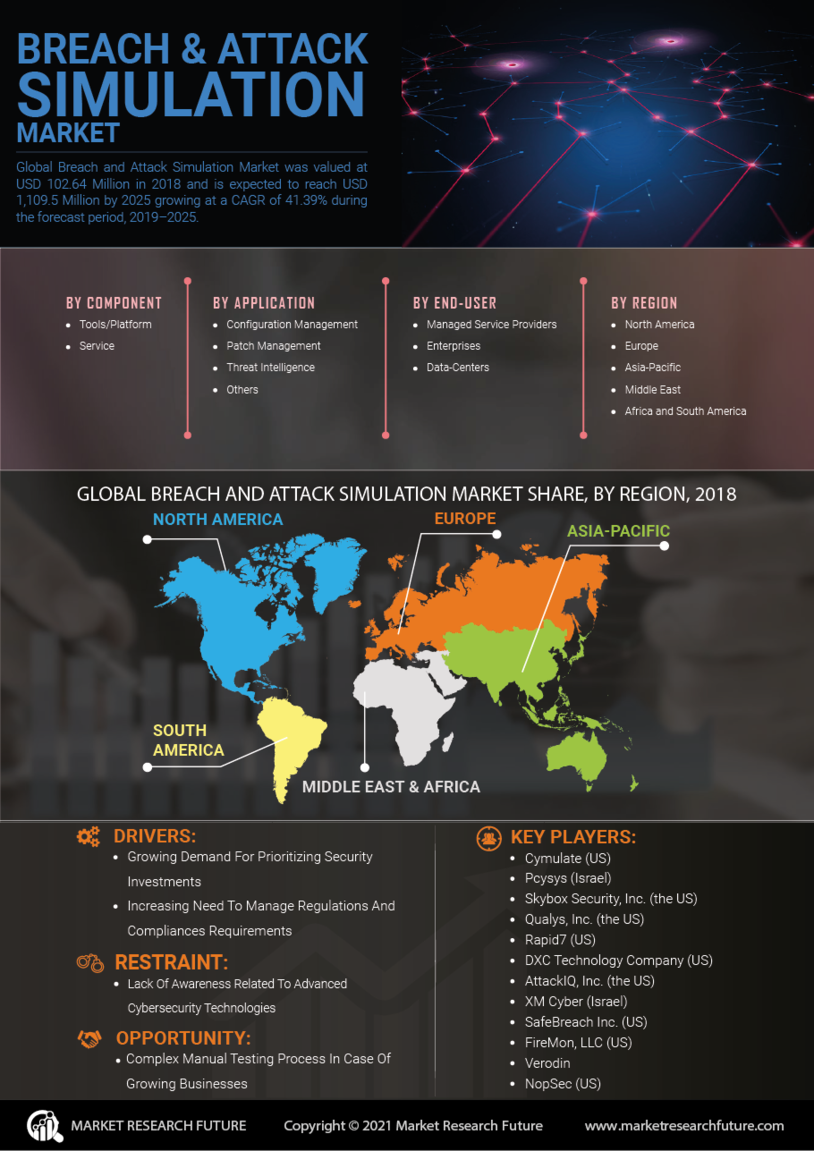

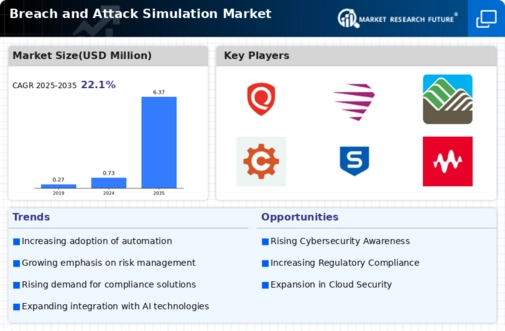
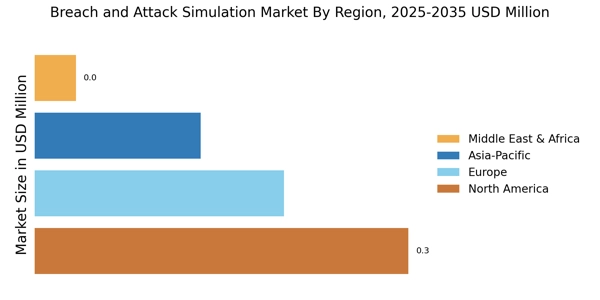
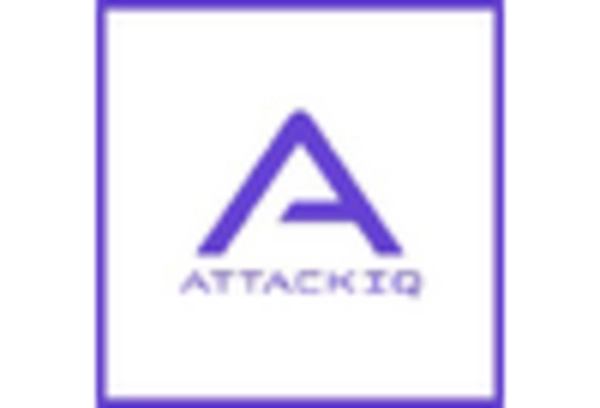



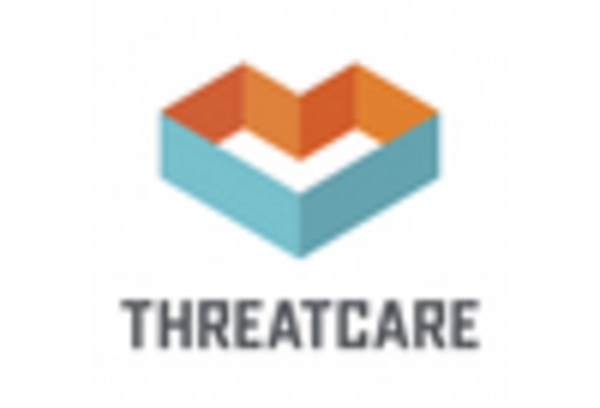









Leave a Comment